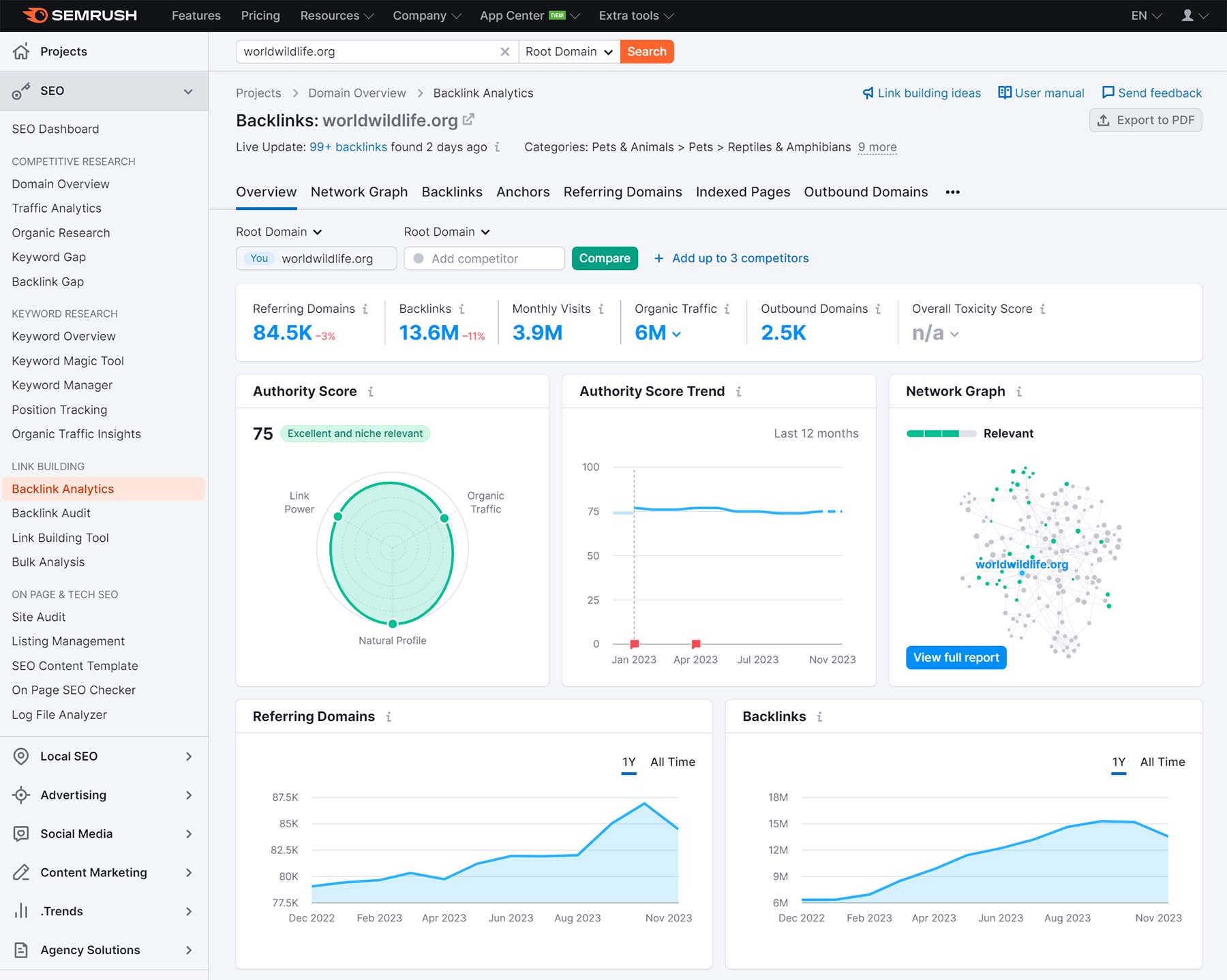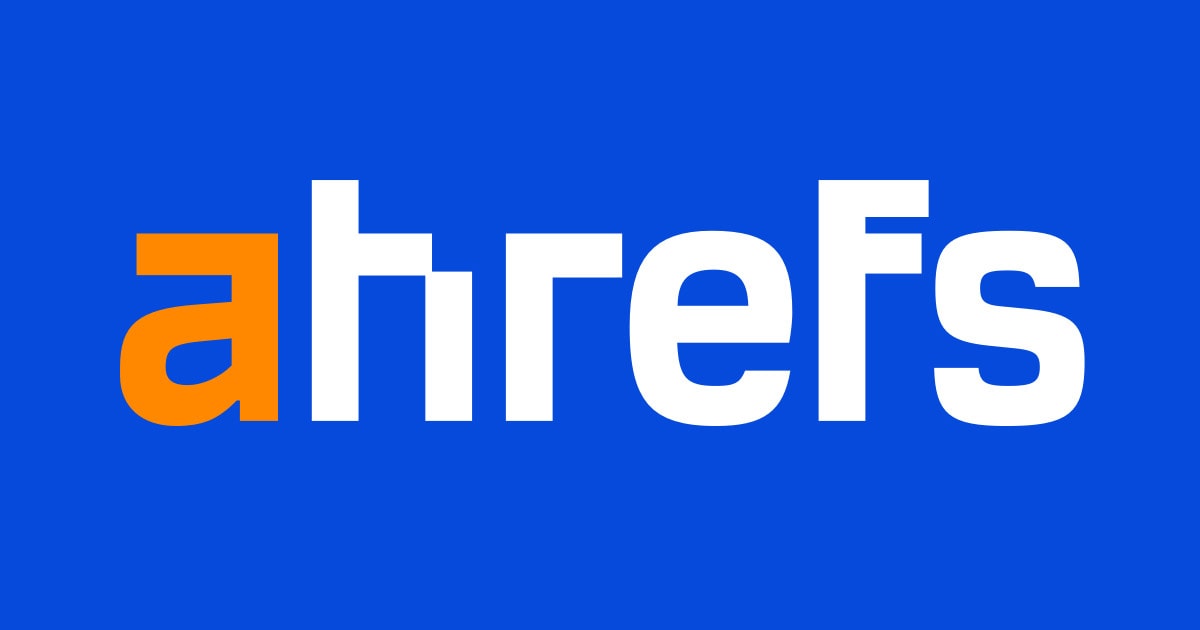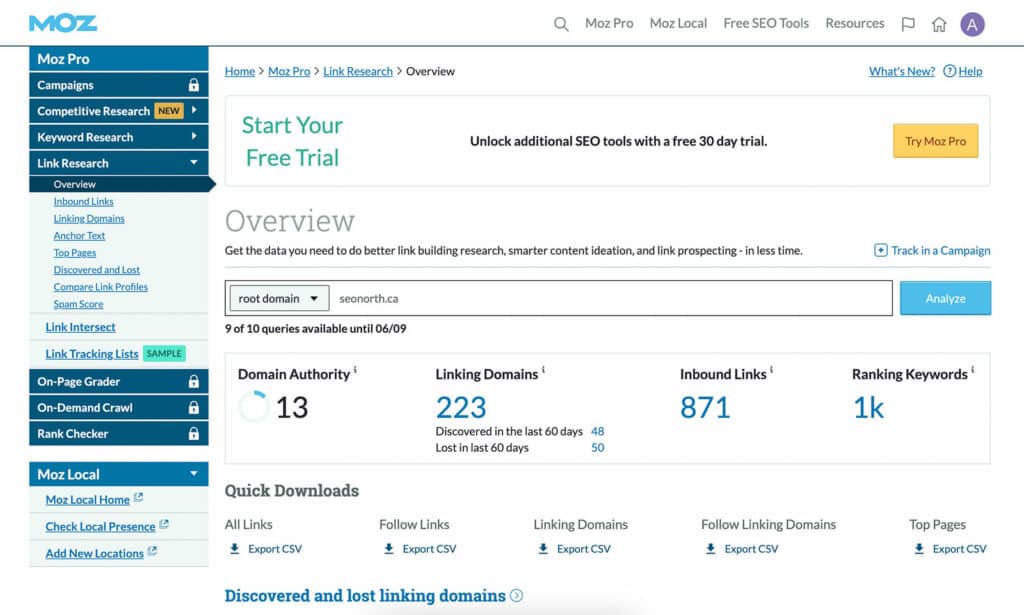
Published: Sep 24, 2024
How to Develop an Effective SEO Strategy in 2024
by: None
How to Develop an Effective SEO Strategy in 2024
As an SEO nerd who’s been around the block a time or two… I know firsthand that developing a solid SEO strategy can feel like trying to navigate a maze blindfolded. But fear not, my friend! I’m here to be your trusty guide and help you craft an SEO plan that’s tighter than spandex on a sumo wrestler. So, let’s dive in and get your SEO strategy in fighting shape for 2024!
TLDR: What exactly is an SEO strategy, and why do I need one?
1️⃣ What is an SEO strategy?
An SEO strategy is your master plan for conquering search rankings. It’s a blueprint that outlines the steps you’ll take to optimize your website, create killer content, and build quality backlinks. Think of it as a roadmap to SEO success!
2️⃣ Why is having an SEO strategy important?
Without an SEO strategy, you’re basically throwing spaghetti at the wall and hoping something sticks. A well-crafted strategy keeps you focused, helps you prioritize your efforts, and ensures you’re not wasting time on tactics that won’t move the needle. Plus, it’s pretty satisfying to see your master plan come together!
3️⃣ What are the key components of an effective SEO strategy?
A kick-ass SEO strategy should cover all the bases: keyword research, on-page optimization, technical SEO, content creation, and link building. It’s like a delicious SEO burrito - you need all the tasty ingredients working together to create something truly mouthwatering.
Table of Contents
- Setting Your SEO Goals
- Conducting Keyword Research
- Optimizing On-Page Elements
- Mastering Technical SEO
- Advanced SEO Tactics to Consider
- Building Quality Backlinks
- Measuring and Refining Your Strategy
Setting Your SEO Goals
Setting clear, measurable SEO goals is crucial for developing an effective strategy. Without specific targets, you’re just throwing darts in the dark. Let’s break down how to set smart SEO goals that’ll actually move the needle for your business.
Align SEO Goals with Business Objectives
First things first - your SEO goals should directly support your overall business objectives. Ask yourself:
- What does success look like for your company this year?
- How can organic search traffic contribute to that success?
For example, if you’re an e-commerce site looking to boost sales, your SEO goals might focus on:
- Increasing organic traffic to product pages
- Improving rankings for high-intent, purchase-related keywords
- Boosting organic conversion rates
SMART Goal Setting
When crafting your SEO goals, use the SMART framework:
- Specific: Clearly define what you want to achieve
- Measurable: Attach concrete numbers to track progress
- Achievable: Set ambitious but realistic targets
- Relevant: Ensure goals align with your business needs
- Time-bound: Set a deadline to create urgency
Common SEO Goals to Consider
Here are some popular SEO goals to get your wheels turning:
1. Organic Traffic Growth
- Example: “Increase monthly organic sessions by 25% within 6 months”
2. Keyword Rankings
- Example: “Rank in the top 3 positions for our top 20 target keywords within 9 months”
3. Organic Conversions
- Example: “Boost organic conversion rate from 2% to 3% in the next quarter”
4. Domain Authority
- Example: “Increase domain authority from 40 to 50 within 12 months”
5. Page Load Speed
- Example: “Achieve an average page load time of under 3 seconds across all pages within 3 months”
Tracking Your SEO Goals
Once you’ve set your goals, it’s time to track ‘em! Here are some tools to keep you on target:
- Google Analytics
 Monitor organic traffic, conversions, and user behavior
Monitor organic traffic, conversions, and user behavior - Google Search Console Track keyword rankings and click-through rates
- Semrush Position Tracking Keep tabs on your keyword rankings over time
Realistic Goal Setting: A Case Study
Let’s look at a real-world example. Say you’re running a small SaaS company selling project management software. Your current stats:
- 10,000 monthly organic sessions
- 50 organic sign-ups per month
- Ranking on page 2 for most target keywords
A set of realistic, 6-month SEO goals might look like:
- Increase organic traffic to 15,000 monthly sessions (50% growth)
- Boost organic sign-ups to 100 per month
- Rank in the top 5 for 10 high-priority keywords
Remember, your mileage may vary. The key is setting goals that push you without being totally out of reach.
Adjusting Goals as You Go
Don’t set it and forget it! Review your progress monthly and be ready to adjust. Maybe you’re crushing it and need to aim higher. Or perhaps you hit some roadblocks and need to recalibrate. Flexibility is key in the ever-changing world of SEO.
By setting clear, measurable SEO goals aligned with your business objectives, you’ll have a north star guiding your strategy. Now, let’s dive into how to actually achieve those goals!
Conducting Keyword Research
Keyword research is the backbone of any solid SEO strategy. It’s how we figure out what our target audience is searching for and how we can meet their needs. Let’s dive into some effective techniques for uncovering those golden keywords that’ll drive traffic to your site.
Understanding Search Intent
Before we jump into tools and tactics, it’s crucial to grasp the concept of search intent. There are four main types:
- Informational
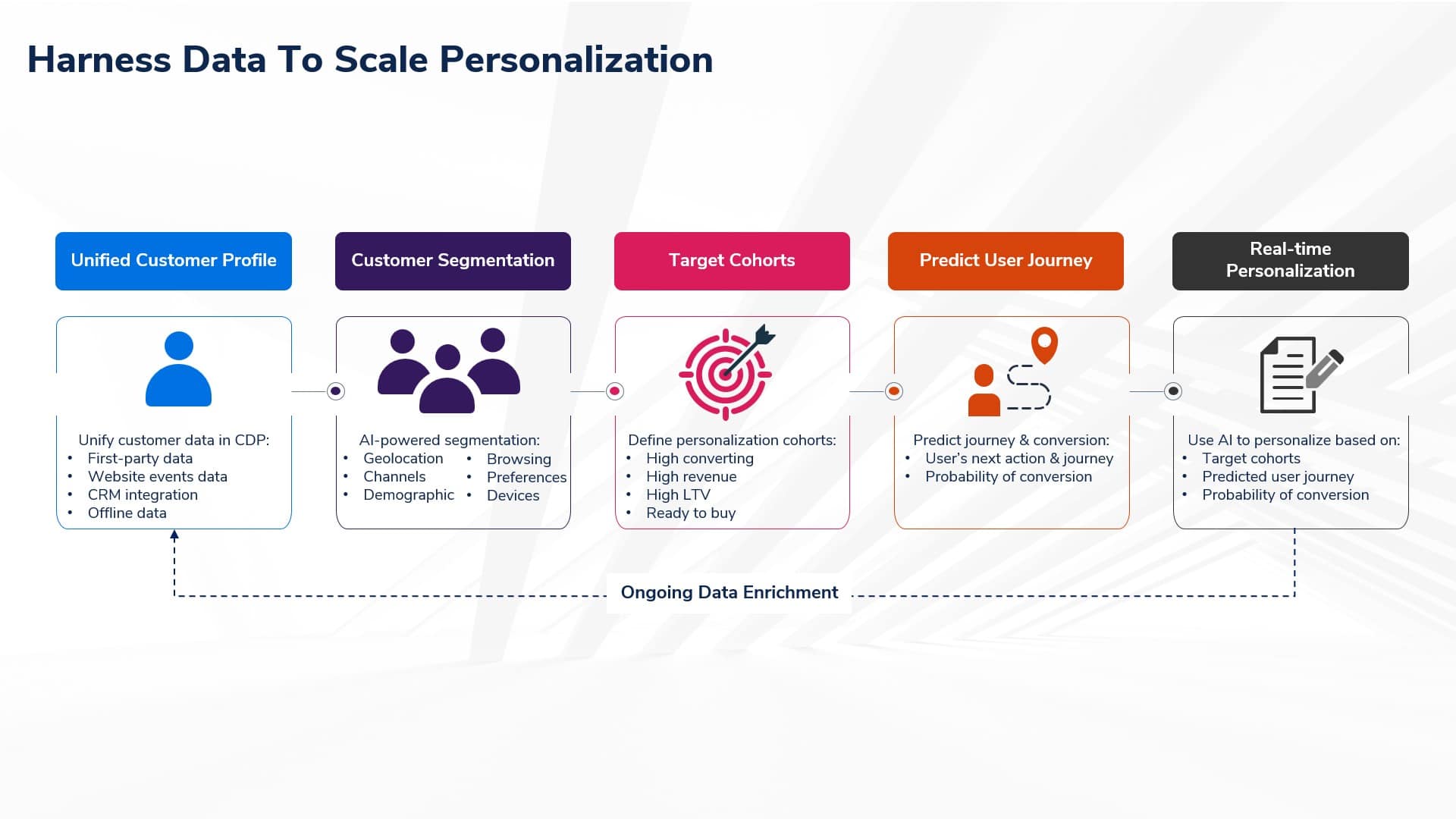 Users looking for information (e.g., “how to tie a tie”)
Users looking for information (e.g., “how to tie a tie”) - Navigational
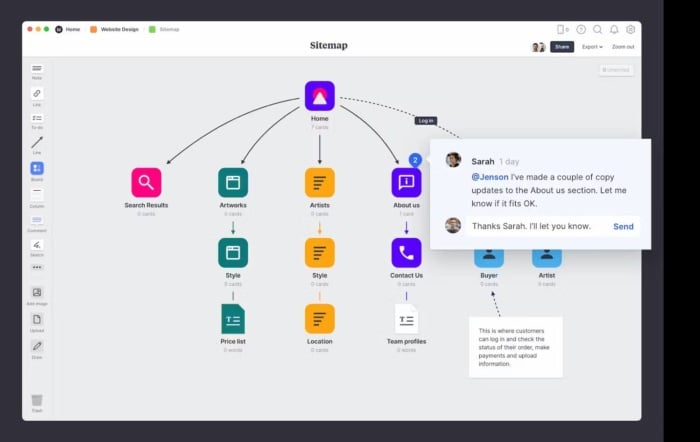 Searching for a specific website (e.g., “Facebook login”)
Searching for a specific website (e.g., “Facebook login”) - Commercial
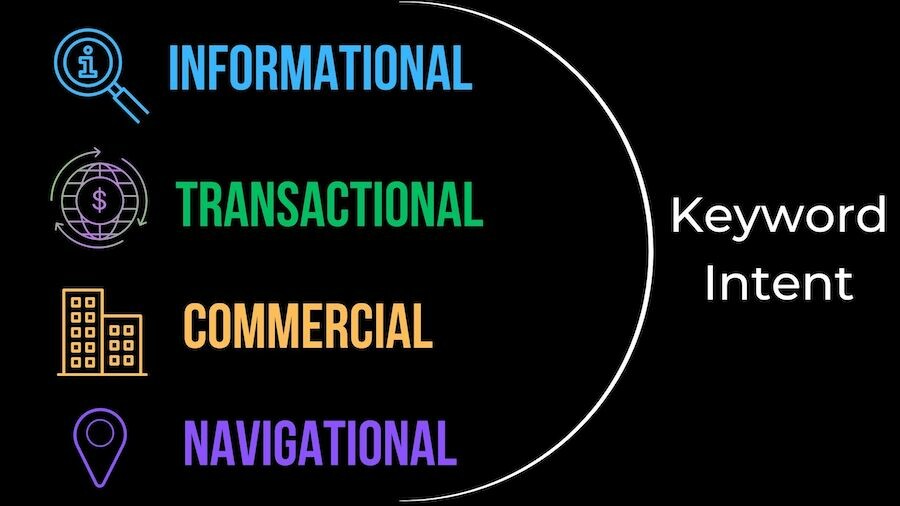 Researching products before buying (e.g., “best laptops 2024”)
Researching products before buying (e.g., “best laptops 2024”) - Transactional
 Ready to make a purchase (e.g., “buy Macbook Pro”)
Ready to make a purchase (e.g., “buy Macbook Pro”)
Understanding intent helps you create content that matches what users are actually looking for.
Keyword Research Tools
Here are some powerful tools to kickstart your keyword research:
Semrush Keyword Magic Tool
- Provides a massive database of keywords
- Offers filters for search volume, keyword difficulty, and intent
- Helps identify long-tail keywords
Google Keyword Planner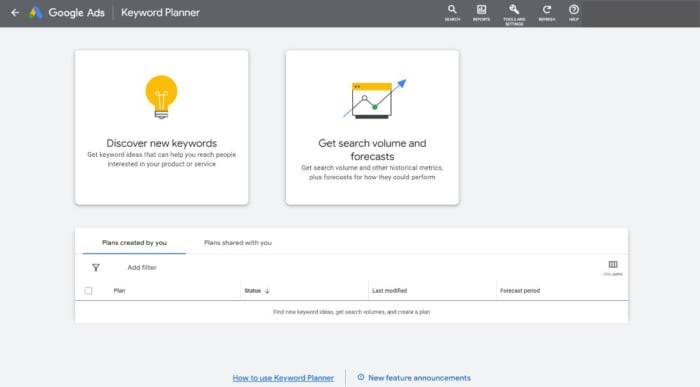
- Free tool within Google Ads
- Offers search volume data and keyword ideas
- Great for finding commercial intent keywords
Ahrefs Keywords Explorer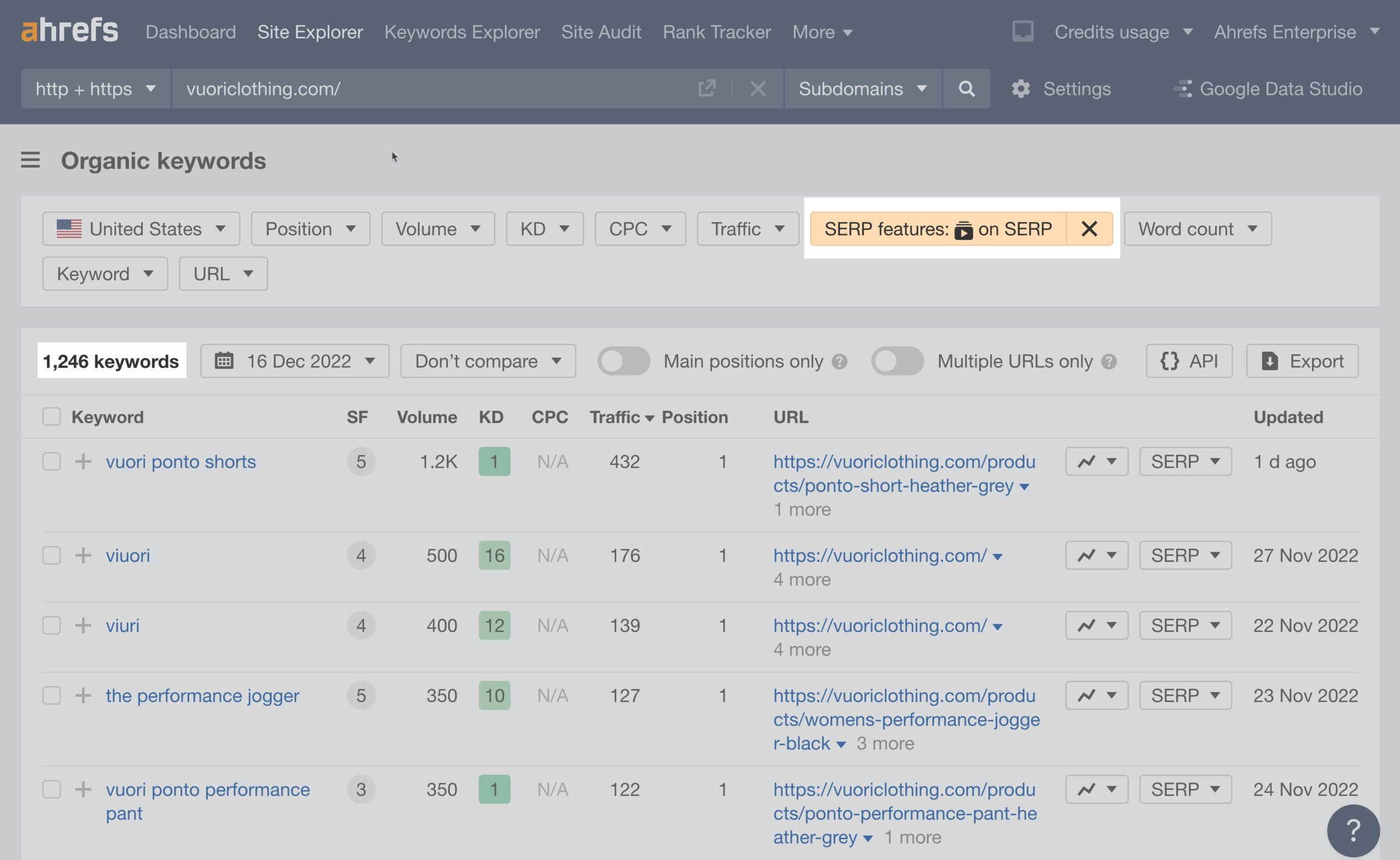
- Extensive keyword database
- Provides accurate search volume and difficulty scores
- Offers unique features like keyword ideas based on questions
Uncovering Long-Tail Keywords
Long-tail keywords are longer, more specific phrases that often have lower search volume but higher conversion rates. Here’s how to find them:
Use “Autocomplete” Tools: Tools like Answer the Public show you common questions and phrases people search for.
Analyze Competitor Content: Use tools like Semrush’s Keyword Gap to see what keywords your competitors are ranking for.
Mine Customer Support Queries: Look at common questions your customers ask – they’re often great long-tail keyword opportunities.
Analyzing Competitor Keywords
Spying on your competitors can uncover valuable keyword opportunities. Here’s a quick process:
- Identify your top 3-5 competitors
- Use Semrush’s Organic Research tool to see their top-performing keywords
- Look for keywords with high traffic but lower difficulty scores
- Identify content gaps – keywords they rank for that you don’t
Prioritizing Keywords
Not all keywords are created equal. Here’s how to prioritize:
- Search Volume: Higher volume means more potential traffic
- Keyword Difficulty: Lower difficulty means easier to rank for
- Relevance: How closely does it match your content/products?
- Intent: Does it match the type of content you’re creating?
Keyword Mapping
Once you’ve got your keyword list, it’s time to map them to your content. Create a spreadsheet with columns for:
- Target keyword
- Search volume
- Keyword difficulty
- Intent
- Target page URL
- Content type (e.g., blog post, product page, landing page)
This helps ensure you’re targeting each keyword with the right type of content.
Tracking Keyword Performance
Don’t set it and forget it! Regularly track your keyword rankings to see what’s working. Use tools like:
Case Study: Keyword Research in Action
Let’s say you run an online pet supply store. Here’s a quick example of how you might approach keyword research:
- Seed Keyword: “dog food”
- Long-Tail Variations:
- “best dog food for puppies”
- “grain-free dog food for allergies”
- “how to choose the right dog food”
- Competitor Analysis: Discover a competitor ranks for “homemade dog food recipes”
- Content Mapping:
- Create product pages for specific types of dog food
- Write blog posts on choosing the right dog food and homemade recipes
- Develop a tool to help owners calculate their dog’s nutritional needs
By following this process, you’ll uncover a wealth of keyword opportunities to target in your SEO strategy. Remember, keyword research is an ongoing process – keep refining and updating as you learn more about your audience and see what’s working.
Optimizing On-Page Elements
Nailing your on-page SEO is like giving your content a superpower boost. It helps search engines understand what your pages are all about and can seriously improve your chances of ranking. Let’s break down the key elements you need to optimize.
Title Tags
Your title tag is prime real estate. It’s often the first thing users see in search results, so make it count:
- Keep it under 60 characters to avoid truncation
- Include your target keyword near the beginning
- Make it compelling and clickable
For example, instead of “Dog Food | Pet Supplies R Us”, try “Best Organic Dog Food for Puppies | Pet Supplies R Us”.
Meta Descriptions
Think of meta descriptions as your page’s elevator pitch. While they don’t directly impact rankings, they can boost click-through rates:
- Aim for 150-160 characters
- Include your target keyword naturally
- Add a clear call-to-action
Bad example: “We sell dog food. Click here to learn more.” Good example: “Discover our vet-approved organic puppy food. Give your furry friend the best start in life. Shop now and get 10% off!”
Header Tags
Header tags (H1, H2, H3, etc.) help structure your content and make it more scannable:
- Use only one H1 per page, containing your primary keyword
- Use H2s and H3s to break up your content logically
- Include relevant keywords in your subheadings where natural
URL Structure
Clean, descriptive URLs can improve user experience and provide keyword relevance:
- Keep them short and sweet
- Use hyphens to separate words
- Include your target keyword
For example: www.petsuppliesrus.com/dog-food/organic-puppy-food
Image Optimization
Don’t forget about your images! Optimizing them can improve page load speed and provide additional ranking opportunities:
- Use descriptive file names (e.g., organic-puppy-food.jpg instead of IMG001.jpg)
- Add alt text that describes the image and includes relevant keywords
- Compress images to reduce file size without sacrificing quality
Internal Linking
Internal links help search engines understand your site structure and pass link equity to important pages:
- Link to relevant internal pages using descriptive anchor text
- Prioritize linking to your most important pages
- Create a logical site hierarchy
Content Optimization
Your content is the meat of your on-page SEO. Here’s how to make it shine:
- Include your target keyword in the first 100-150 words
- Use related keywords and synonyms throughout (LSI keywords)
- Create comprehensive, in-depth content that fully addresses user intent
- Break up text with bullet points, short paragraphs, and relevant images
Schema Markup
Schema markup helps search engines understand your content better and can lead to rich snippets in search results:
- Use appropriate schema types for your content (e.g., Product, Recipe, FAQ)
- Implement schema manually or use plugins like Yoast SEO for WordPress
- Test your schema using Google’s Rich Results Test tool
On-Page SEO Checklist
Use this quick checklist to ensure you’ve covered all your bases:
-
- Identify primary and secondary keywords
- Analyze search intent
Title Tag Optimization
- Include primary keyword
- Keep it under 60 characters
- Make it compelling
Meta Description Crafting
- Include primary keyword
- Keep it under 160 characters
- Add a call-to-action
Header Tag Structure
- Use one H1 with primary keyword
- Use H2s and H3s to organize content
- Include relevant keywords in subheadings
URL Optimization
- Keep it short and descriptive
- Include target keyword
- Use hyphens to separate words
Image Optimization
- Use descriptive file names
- Add relevant alt text
- Compress images for faster loading
Internal Linking
- Link to relevant internal pages
- Use descriptive anchor text
- Create a logical site hierarchy
Content Creation
- Address user intent comprehensively
- Include primary keyword in first paragraph
- Use related keywords naturally throughout
Schema Markup Implementation
- Choose appropriate schema type
- Implement manually or via plugin
- Test using Google’s Rich Results Test
By systematically optimizing these on-page elements, you’ll create a solid foundation for your SEO efforts. Remember, it’s not about stuffing keywords everywhere – it’s about creating a great user experience while helping search engines understand your content. Keep it natural, focus on quality, and watch your rankings climb!
Mastering Technical SEO
Technical SEO forms the foundation of a solid search engine optimization strategy. It’s all about making your site easy for search engines to crawl, understand, and index. Let’s dive into some key technical SEO factors and how to optimize them.
Site Speed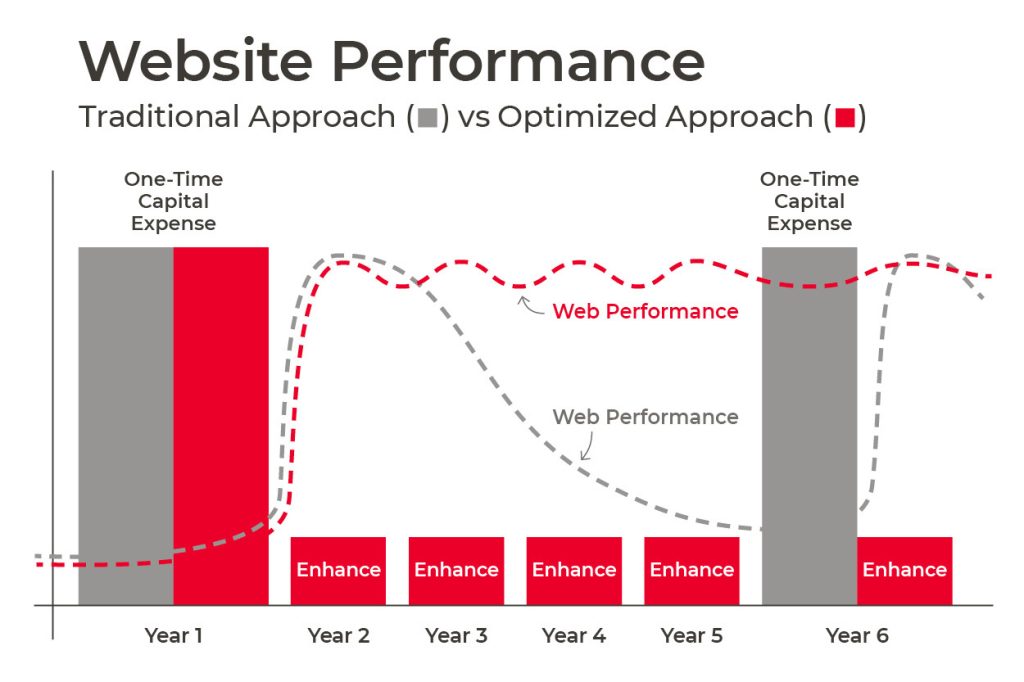
A fast-loading site isn’t just good for users - it’s crucial for SEO. Here’s how to speed things up:
- Compress images using tools like TinyPNG
- Minify CSS, JavaScript, and HTML
- Use a content delivery network (CDN)
- Enable browser caching
Use Google’s PageSpeed Insights to check your site’s speed and get specific recommendations.
Mobile-Friendliness
With Google’s mobile-first indexing, having a mobile-friendly site is non-negotiable. Key steps:
- Implement responsive design
- Ensure text is readable without zooming
- Size tap targets appropriately
- Avoid software not common on mobile devices (like Flash)
Test your site’s mobile-friendliness with Google’s Mobile-Friendly Test.
Indexation
Ensuring your important pages are indexed is crucial. Here’s how:
- Use Google Search Console to check your index coverage
- Fix any “crawl errors” or “excluded” pages
- Use robots.txt to guide search engines
- Submit your sitemap to Google Search Console
Site Architecture
A logical site structure helps both users and search engines navigate your content:
- Use a clear hierarchy (Home > Category > Subcategory > Product)
- Implement breadcrumbs
- Keep important pages within 3 clicks from the homepage
- Use descriptive URLs that reflect your site structure
HTTPS
Secure sites get a ranking boost. If you haven’t already:
- Install an SSL certificate
- Set up 301 redirects from HTTP to HTTPS
- Update internal links to HTTPS
- Update your sitemap and robots.txt to HTTPS versions
XML Sitemaps
Sitemaps help search engines discover and understand your site structure:
- Create XML sitemaps for all content types (pages, posts, products)
- Keep sitemaps under 50,000 URLs and 50MB
- Update sitemaps when you publish new content
- Submit your sitemap to Google Search Console
Structured Data
Structured data helps search engines understand your content and can lead to rich snippets:
- Implement relevant schema markup (e.g., Product, Review, FAQ)
- Use Google’s Structured Data Testing Tool to validate your markup
- Monitor rich snippet performance in Google Search Console
Technical SEO Audit Checklist
Use this checklist to conduct a thorough technical SEO audit:
Site Speed
- Run PageSpeed Insights test
- Optimize images and minify code
- Implement browser caching
Mobile-Friendliness
- Test with Google’s Mobile-Friendly Tool
- Ensure responsive design
- Check tap target sizes
Indexation
- Review index coverage in Google Search Console
- Fix crawl errors
- Update robots.txt and sitemap
Site Architecture
- Analyze site structure
- Implement clear navigation and breadcrumbs
- Optimize internal linking
HTTPS
- Ensure SSL certificate is installed
- Set up proper redirects
- Update internal links and sitemaps
XML Sitemaps
- Create and update sitemaps
- Keep under size limits
- Submit to Google Search Console
Structured Data
- Implement relevant schema markup
- Test with Structured Data Testing Tool
- Monitor rich snippet performance
By tackling these technical SEO elements, you’ll create a solid foundation for your site’s search engine performance. Remember, technical SEO is an ongoing process - regularly audit your site and stay updated with the latest best practices to maintain peak performance.
Advanced SEO Tactics to Consider
Once you’ve nailed the basics, it’s time to level up your SEO game with some advanced tactics. These strategies can give you an edge over competitors and help you capture more SERP real estate. Let’s dive into some cutting-edge techniques to consider for your 2024 SEO strategy.
Featured Snippets
Featured snippets are those coveted “position zero” results that appear above organic listings. To optimize for them:
- Target question-based keywords
- Structure content with clear headings
- Provide concise, direct answers
- Use lists, tables, or step-by-step formats
For example, if targeting “how to tie a tie,” create a numbered list with clear, concise steps.
Video Optimization
With video results becoming more prominent in SERPs, optimizing your video content is crucial:
- Create compelling thumbnails
- Use descriptive titles and tags
- Add closed captions and transcripts
- Optimize your video sitemap
Key Video Platforms
- YouTube Optimize titles, descriptions, and tags
- Vimeo Use categories and add products to videos
- TikTok Leverage trending hashtags and sounds
Local SEO
For businesses with physical locations, local SEO is a must:
- Claim and optimize your Google Business Profile
- Ensure NAP (Name, Address, Phone) consistency across the web
- Encourage customer reviews
- Create location-specific content
Local SEO Tools
- Moz Local
 Manage listings and track local rankings
Manage listings and track local rankings - BrightLocal
 Monitor citations and generate local SEO reports
Monitor citations and generate local SEO reports - Yext
 Manage business information across multiple platforms
Manage business information across multiple platforms
Voice Search Optimization
With the rise of smart speakers and voice assistants, optimizing for voice search is becoming increasingly important:
- Focus on conversational, long-tail keywords
- Create FAQ pages to target common questions
- Optimize for local queries (“near me” searches)
- Aim for featured snippets, which are often used for voice results
E-A-T Optimization
E-A-T (Expertise, Authoritativeness, Trustworthiness) is crucial, especially for YMYL (Your Money or Your Life) topics:
- Showcase author credentials and expertise
- Obtain backlinks from authoritative sources
- Keep content up-to-date and factually accurate
- Include clear contact information and customer service details
Core Web Vitals
Google’s Core Web Vitals are a set of specific factors that measure user experience:
- Largest Contentful Paint (LCP)
 Measures loading performance
Measures loading performance - First Input Delay (FID)
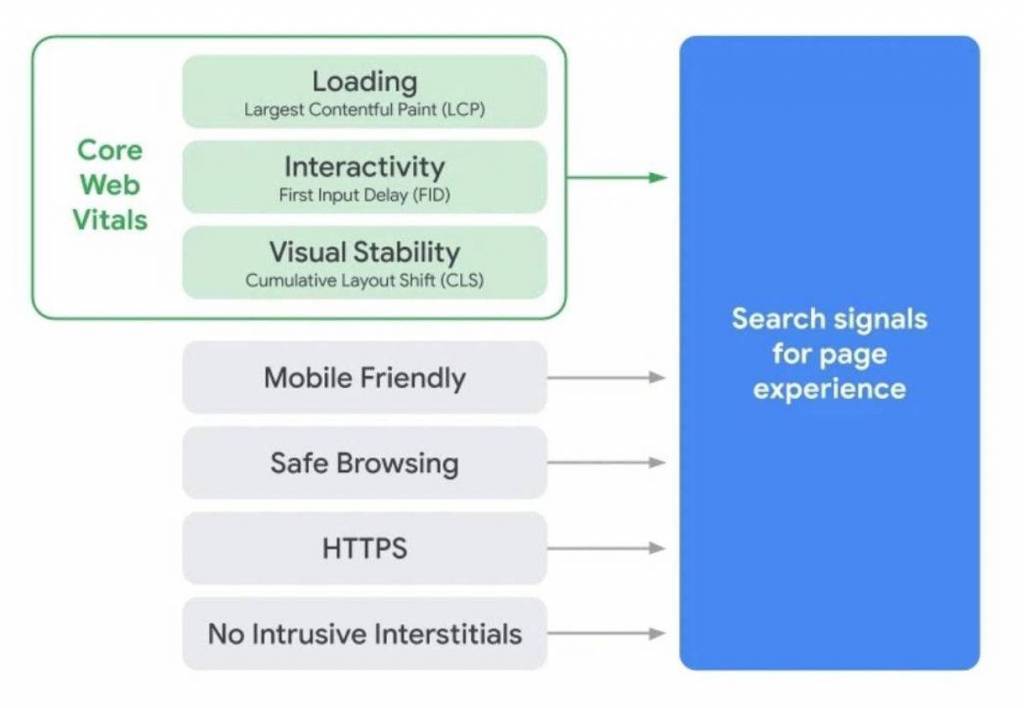 Measures interactivity
Measures interactivity - Cumulative Layout Shift (CLS)
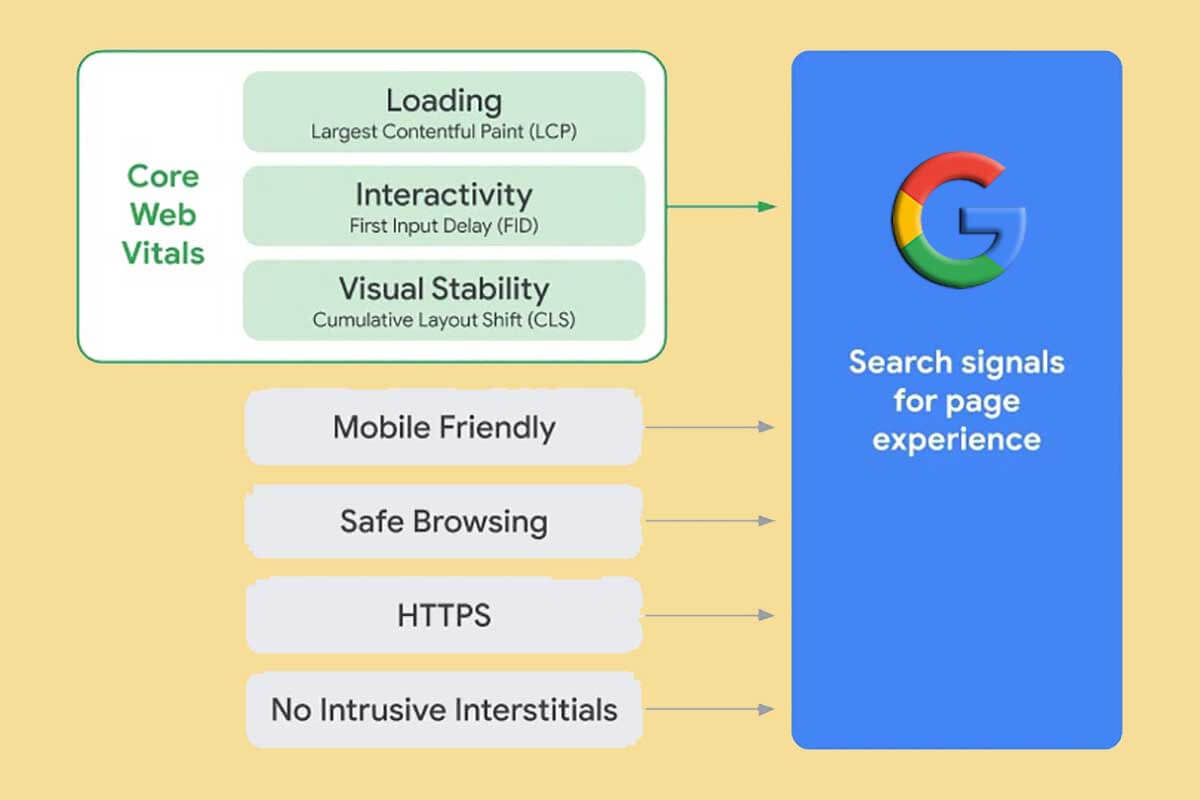 Measures visual stability
Measures visual stability
Optimize these metrics using tools like Google’s PageSpeed Insights and Chrome User Experience Report.
Image SEO
Don’t neglect your images – they can drive significant traffic through image search:
- Use descriptive file names (e.g., “red-nike-running-shoes.jpg”)
- Add relevant alt text
- Compress images for faster loading
- Consider implementing lazy loading
Entity SEO
Focus on optimizing for entities (people, places, things) rather than just keywords:
- Use schema markup to clearly define entities
- Create content that thoroughly explains entities and their relationships
- Build authoritative links to strengthen entity associations
Advanced Link Building Tactics
Take your link building to the next level with these strategies:
- Skyscraper Technique
 Find popular content, create something better, then reach out to sites linking to the original
Find popular content, create something better, then reach out to sites linking to the original - Broken Link Building
 Find broken links on relevant sites and offer your content as a replacement
Find broken links on relevant sites and offer your content as a replacement - Digital PR
 Create newsworthy content and build relationships with journalists
Create newsworthy content and build relationships with journalists
Leveraging AI for SEO
Artificial Intelligence is revolutionizing SEO. Consider these AI-powered tactics:
- Use AI writing tools like Jasper or Copy.ai for content creation
- Implement chatbots for improved user engagement
- Leverage AI-powered SEO platforms like Clearscope for content optimization
Remember, these advanced tactics should complement, not replace, your foundational SEO efforts. Start by mastering the basics, then gradually incorporate these more advanced strategies as your SEO maturity grows. Keep testing, measuring, and refining your approach to stay ahead in the ever-evolving world of SEO.
Building Quality Backlinks
Building high-quality backlinks is crucial for boosting your site’s authority and organic search rankings. Let’s dive into some effective strategies to earn valuable links naturally.
Understanding Backlink Quality
Not all backlinks are created equal. Here’s what makes a backlink valuable:
- Domain Authority Links from high-authority sites carry more weight
- Relevance: Links from sites in your niche are more impactful
- Placement: In-content links often provide more value than footer links
- Anchor Text: Relevant, descriptive anchor text helps search engines understand context
Effective Link Building Strategies
1. Content Marketing
- Create high-quality, shareable content like:
- Infographics
 Visually appealing and easily shareable
Visually appealing and easily shareable - Case Studies In-depth analyses that showcase your expertise
- Industry Reports
 Original research that others will want to reference
Original research that others will want to reference
- Infographics
2. Guest Posting
- Contribute valuable content to reputable sites in your niche
- Focus on high-quality, authoritative platforms
- Ensure your guest posts provide genuine value, not just self-promotion
3. Broken Link Building
- Find broken links on relevant websites
- Create content to replace the broken link
- Reach out to site owners offering your content as a solution
4. Digital PR
Create newsworthy content or events
Build relationships with journalists and influencers
Use tools like HARO
(Help a Reporter Out) to connect with reporters
Link Building Tools
-
- Analyze your backlink profile and competitors’ links
- Identify link-building opportunities
-
- Comprehensive backlink analysis and monitoring
- Find unlinked brand mentions
-
- Discover and analyze backlinks
- Track your site’s link profile growth over time
Outreach Best Practices
- Personalize Your Approach: Research the site and tailor your message
- Offer Value: Clearly explain how your content benefits their audience
- Follow Up: Send a polite reminder if you don’t hear back initially
- Build Relationships: Focus on long-term partnerships, not just one-off links
Avoid These Link Building Pitfalls
- Paid Links
 Buying links violates Google’s guidelines and can lead to penalties
Buying links violates Google’s guidelines and can lead to penalties - Low-Quality Directories: Mass submissions to irrelevant directories can harm your site’s reputation
- Reciprocal Link Schemes: Excessive “you link to me, I’ll link to you” arrangements look unnatural
- Over-Optimized Anchor Text: Too many exact-match anchor text links can trigger spam filters
Monitoring Your Backlink Profile
Regularly audit your backlink profile to maintain its health:
- Use tools like Semrush or Ahrefs to track new and lost links
- Disavow toxic backlinks using Google’s Disavow Tool
- Set up alerts for unlinked brand mentions to capture easy link opportunities
Case Study: The Skyscraper Technique
The Skyscraper Technique, popularized by Brian Dean, is a powerful link-building strategy:
- Find popular content in your niche
- Create something even better (longer, more in-depth, more up-to-date)
- Reach out to sites linking to the original content
For example, a pet supply company might:
- Find a popular article on “10 Best Dog Toys”
- Create an ultimate guide on “50 Best Dog Toys for Every Breed and Play Style”
- Contact sites linking to the original, offering their more comprehensive resource
This technique can lead to high-quality, contextual backlinks from relevant sites.
By focusing on creating valuable content and building genuine relationships, you can develop a strong backlink profile that boosts your site’s authority and search rankings. Remember, quality always trumps quantity when it comes to backlinks. Stay patient, be consistent, and watch your organic traffic grow!
Measuring and Refining Your Strategy
Developing an SEO strategy is just the beginning. To truly succeed, you need to constantly measure your performance and refine your approach. Let’s dive into how to track your SEO progress and make data-driven improvements.
Key Performance Indicators (KPIs)
First, let’s look at some crucial KPIs to monitor:
1. Organic Traffic
- Track the number of visitors coming from organic search
- Use Google Analytics to measure this metric
2. Keyword Rankings
- Monitor your positions for target keywords
- Tools like Semrush Position Tracking can help
3. Conversion Rate
- Measure the percentage of organic visitors completing desired actions
- Set up goal tracking in Google Analytics
4. Bounce Rate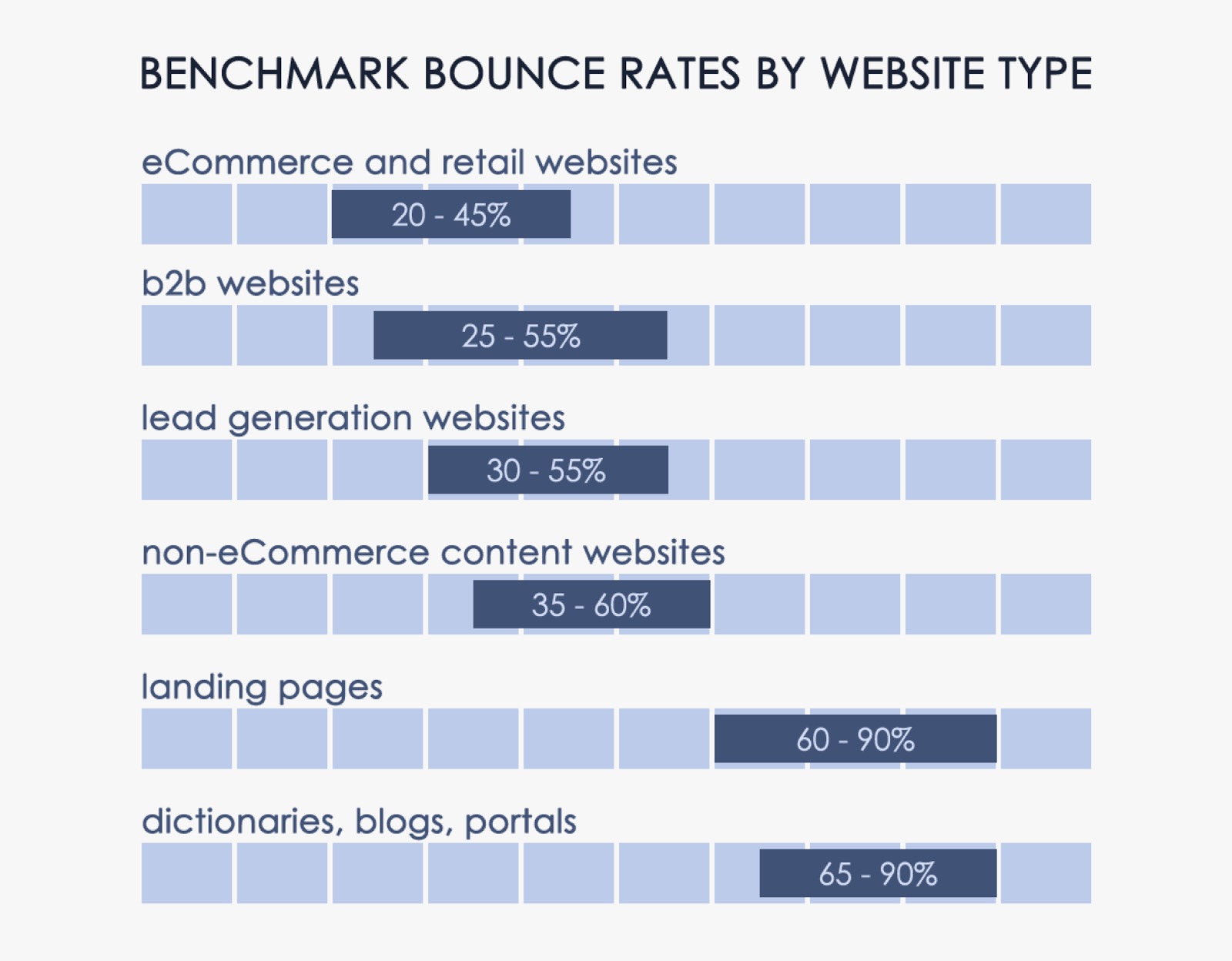
- Keep an eye on the percentage of single-page sessions
- A high bounce rate might indicate content quality issues
5. Page Load Speed
- Monitor using Google’s PageSpeed Insights
- Faster load times can improve rankings and user experience
Tools for Measuring SEO Success
Here are some essential tools to help you track your SEO performance:
-
- Track organic traffic, user behavior, and conversions
- Set up custom dashboards for easy monitoring
-
- Monitor indexing status and search appearance
- Identify and fix technical SEO issues
-
- Track keyword rankings and competitor performance
- Analyze backlink profiles and identify link-building opportunities
-
- Monitor your backlink profile
- Conduct in-depth competitor analysis
Creating an SEO Dashboard
Consolidate your key metrics into a single dashboard for easy monitoring:
- Use Google Data Studio to create a custom dashboard
- Include widgets for organic traffic, top-performing pages, and keyword rankings
- Set up automated email reports for regular updates
Conducting Regular SEO Audits
Perform comprehensive SEO audits to identify areas for improvement:
- Technical Audit: Use Semrush Site Audit to check for crawl errors, broken links, and other technical issues
- Content Audit: Analyze your top-performing and underperforming content
- Backlink Audit: Review your link profile for toxic or low-quality links
Aim to conduct a full audit every 3-6 months, depending on your site’s size and complexity.
Refining Your Strategy
Based on your performance data, continually refine your SEO approach:
- Content Optimization: Update underperforming content based on search intent and keyword opportunities
- Keyword Targeting: Adjust your focus keywords based on ranking performance and search volume trends
- Technical Improvements: Address any issues identified in your technical audits
- Link Building: Refine your outreach strategies based on successful link acquisition patterns
A/B Testing for SEO
Implement A/B testing to optimize your SEO efforts:
- Title Tag Testing: Create variations of title tags to improve click-through rates
- Content Structure: Test different content formats (e.g., listicles vs. long-form guides)
- Internal Linking: Experiment with different internal linking structures
Use tools like Google Optimize to set up and monitor your A/B tests.
Case Study: Data-Driven SEO Refinement
Let’s look at a real-world example of how data can drive SEO improvements:
Scenario: An e-commerce site selling outdoor gear notices a drop in organic traffic to their hiking boots category.
Analysis:
- Keyword rankings have slipped for several target terms
- Competitor analysis shows rivals have created more in-depth buying guides
- User behavior data indicates high bounce rates on product pages
Strategy Refinement:
- Create a comprehensive hiking boot buying guide
- Update product pages with more detailed specifications and user reviews
- Implement schema markup for product pages to enhance SERP appearance
- Launch a targeted link-building campaign for the hiking boots category
Results (After 3 months):
- Organic traffic to the hiking boots category increased by 35%
- Average time on page improved by 25%
- Conversion rate for hiking boot products rose by 15%
This case study demonstrates how data analysis can uncover opportunities and guide strategic refinements.
By consistently measuring your SEO performance and making data-driven adjustments, you’ll be able to stay ahead of the competition and achieve long-term organic search success. Remember, SEO is a marathon, not a sprint – keep refining, testing, and improving for the best results.


